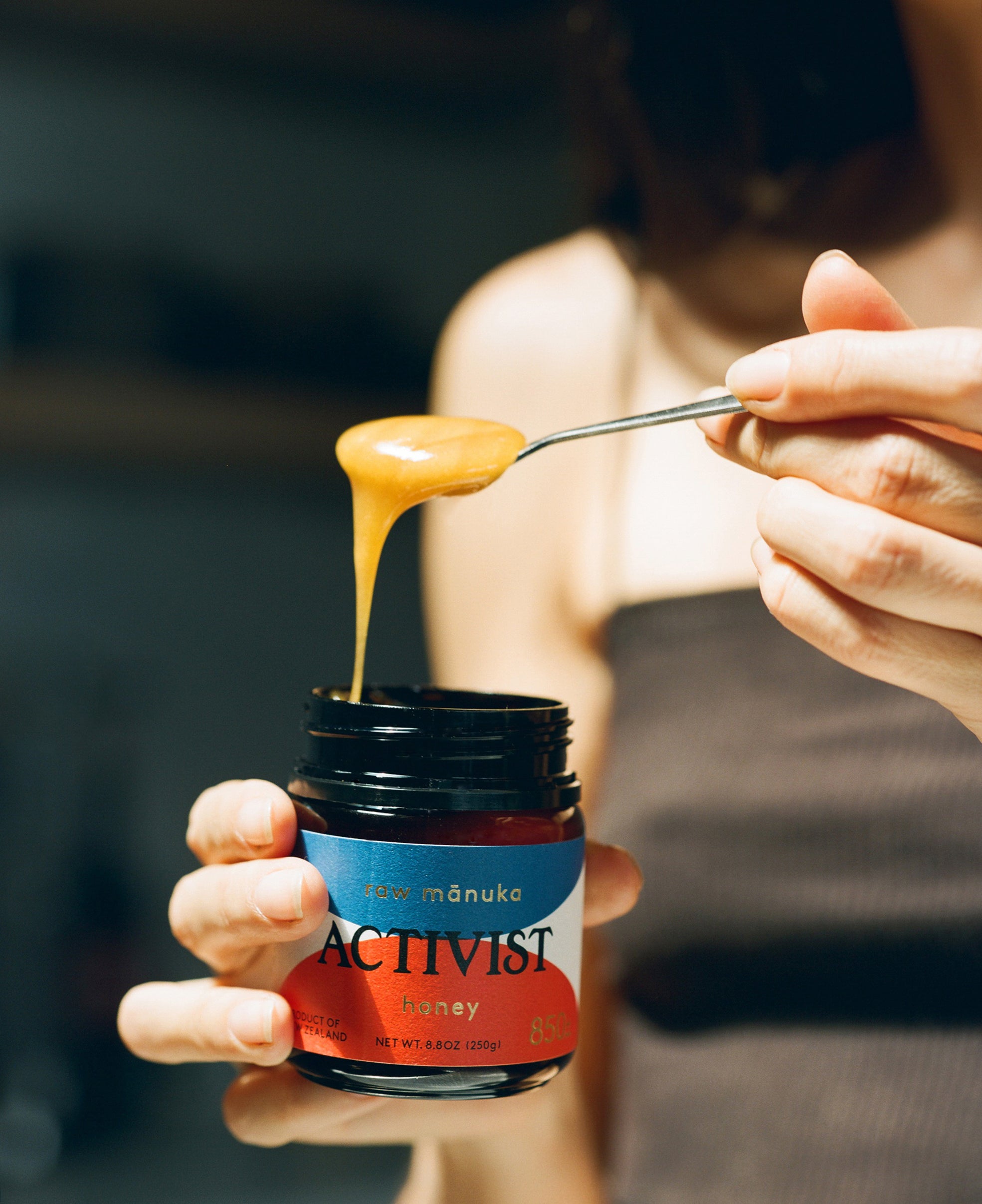Mānuka Honey Grading & Measurement Systems
By
March 08, 2023

Mānuka honey grading and measurement systems grew in popularity as consumers became more conscious of the prevalence of inauthentic Mānuka being sold around the world.
Unlike other multifloral honey, Mānuka honey is a rare and limited resource. The flowering of Mānuka occurs within a very short time frame — anywhere from two to six weeks of the year, meaning production is restricted by seasonality. The scarcity of this resource increases its value and makes it vulnerable to counterfeiting.
The role of these systems is to bring transparency and regulation to the Mānuka industry, so consumers can have confidence in the quality and origin of the product they’re purchasing.


Ministry of Primary Industries (MPI) Testing
MPI testing is a prerequisite of all Mānuka honey exported from New Zealand.
The New Zealand Ministry of Primary Industries’ principal function is to protect the integrity of products that New Zealand exports and create credible systems to maintain trust in those products.
All honey labeled as Mānuka (for export) must be tested by an MPI-recognised laboratory to ensure it meets the Mānuka honey definition.
Only MPI recognized laboratories can test and verify Mānuka honey. The tests conducted verify that the product is genetically identifiable as Mānuka honey by reviewing a combination of 5 attributes (4 chemicals from nectar and 1 DNA marker from Mānuka pollen). This test is also able to distinguish between monofloral or multifloral Mānuka honey.

What is MGO?
MGO, when shown on label, is not a grading system but a unit of measurement that identifies and quantifies the antibacterial compound, methylglyoxal.
The MGO measurement is simple, precise, and transparent. The number that accompanies MGO refers to the minimum amount of methylglyoxal present in every kilogram of Mānuka honey. The higher the number, the more methylglyoxal present and the more efficacious the honey.
Methylglyoxal (MGO) is a natural organic compound. It is formed as a result of a chemical reaction that occurs naturally (over time) when dihydroxyacetone (DHA) is present. DHA is a compound found in the nectar of the Mānuka tree (Leptospermum Scoparium), the source of nectar for bees that produce Mānuka honey.
Methylglyoxal can bind to proteins and enzymes within bacterial cells, causing damage to their structure and function. The antibacterial properties of Methylglyoxal contribute to the overall healing properties of Mānuka honey.
Unique Mānuka Factor (UMF)
UMF is a rating system owned and administered by the The Unique Mānuka Factor Honey Association. UMF is a registered trademark and only members of the association may use the mark. The system was developed in 1997 in response to the influx of counterfeit honey on the market.
In addition to MGO, the Unique Mānuka Factor rating looks at 3 other active compounds, Dihydroxyacetone (DHA), Leptosperin and Hydroxymethylfurfural.
Dihydroxyacetone (DHA)
The precursor to MGO, DHA is the compound found in Mānuka that converts into MGO over time.
Leptosperin
Leptosperin a chemical compound that occurs primarily in Mānuka honey. Its presence is another marker of authenticity and testing for it may highlight cases of adulteration.
Hydroxymethylfurfural
The presence of Hydroxymethylfurfural is considered an indication of heating or storage changes. This may infer that the honey being tested has been subject to changes in temperature that could affect the quality of the honey.

Careful Selection
These systems are designed to assist consumers in their search for genuine Mānuka products. Other aspects to consider when selecting Mānuka Honey:
Multifloral vs. Monofloral
Mānuka Honey can be both multifloral or monofloral. Monofloral Mānuka honey means that the honey is made primarily from the nectar of the Mānuka tree (Leptospermum scoparium). This is achieved by maintaining hives only in areas densely populated by the Mānuka tree and is verified through testing.
Multifloral Mānuka honey is made from the nectar of the Mānuka tree (Leptospermum scoparium), alongside that of other plants and trees.
Glyphosate Residue Free
Glyphosate is a poison found in many common weed killers, sprays and pesticides. This poison is making its way into many consumables, including generic table honeys.
Beekeepers must be mindful of hive placement and use of herbicides in surrounding areas. Products that are certified Glyphosate Residue Free must adhere to guidelines outlined by The Detox Project. To achieve certification all products undergo independent testing. All ACTIVIST Raw Mānuka Honey is proudly certified Glyphosate Residue Free.

























